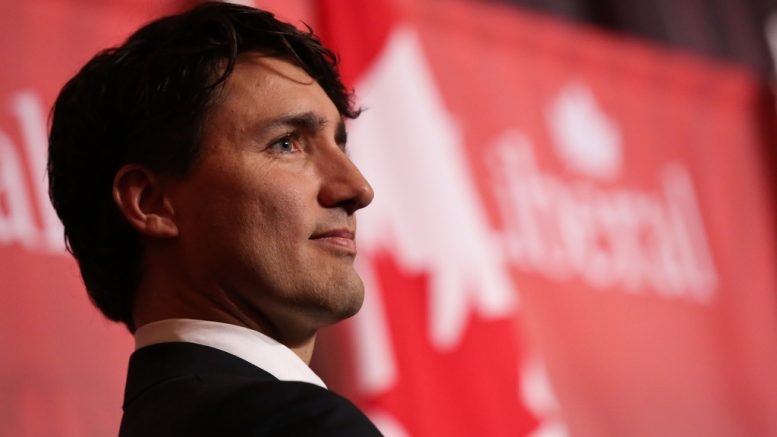In late May, Liberals and Conservatives held simultaneous national conventions in a whirlwind of politicking and policy. It was a unique comparison that revealed particularly sharp contrasts in Canada’s two largest and historically successful political parties.
In Winnipeg, the Liberals were still basking in the glow of Prime Minister Trudeau’s ‘sunny ways’ and a come-from-behind majority government election victory. Giddy Liberal Party delegates took the prime minister’s cue and voted in favour of streamlining existing governing documents and removing the party’s long-standing membership fee.
The ideological and practical effects of these decisions are significant. They signal a willingness to continue opening up the political process as Trudeau attempts to turn the Liberal party into the Liberal movement.
The Conservative gathering in Vancouver was understandably less jovial, as the party conducted an audit of the disorganized 2015 federal election campaign. Convention ‘highlights’ included a post-mortem that involved an MP adorning a grim reaper costume, a comical leadership race rap, and a full third of participants opposing a resolution that moves the official Conservative Party position on same-sex marriage to an overwhelming and progressive neutral.
The respective conventions provide a cautionary tale and illustrate just how quickly political fortunes can turn. It has been less than a year since Stephen Harper and Thomas Mulcair were duking it out for first place in the polls. Since then, the New Democrats have unceremoniously dumped Mulcair at their own convention and were forced to confront the serious ideological division in their membership. While the Conservatives are hardly languishing, Canada’s ‘natural governing party’ has once again proven to be one of the most electorally successful democratic political parties in the world.
Despite many years in the political wilderness and several failed attempts, the Liberal Party of Canada has once again reconnected with Canadians who, in turn, have trusted them with a majority government. In the last election, the Liberals effectively embraced their traditional role as a brokerage party, balancing the varied and oft-competing priorities of our diverse nation.
However, Liberals must remain calm, steadfast, and humble in this time of euphoria. Politics is cyclical; inevitably the Liberal party will lose a future election and go through a rebuilding phase similar to that which the Conservatives are currently engaged in. Such is the ‘check and balance’ of our democratic system where parties are forced to reinvigorate policy and reengage with the grassroots after years of governance empties the figurative cupboards of both inspiration and drive.
The question is how long the Liberals will remain in favour with Canadians. If these recent national conventions are any indication of party vitality, the Liberals are in excellent shape.
Jeremiah Kopp is a former University of Manitoba Students’ Union president who holds a bachelor of arts in political studies and is completing a master of business administration at the Asper School of Business. He is also a member of the Liberal Party of Canada.


